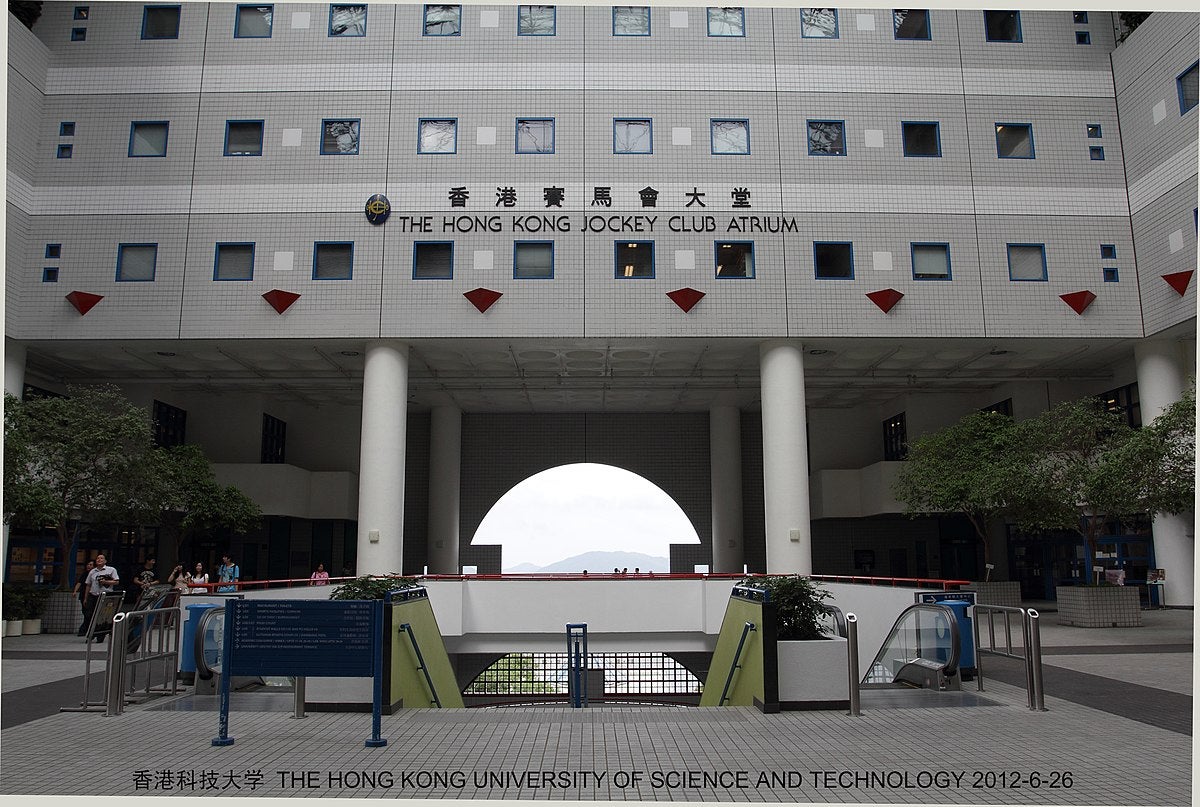Philanthropy and Harm Prevention Initiatives
The gambling sector’s societal engagement reached new heights with €156.8 million allocated to social causes in 2024. The 4% year-on-year rise reinforces its role beyond being an economic engine. Concurrently, operators distributed 100 million player alerts, 48% more YoY, with 28% using behavioral analytics to target at-risk users. The algorithm-driven interventions prompted 42-46% of flagged players to modify spending habits or adopt protective measures.
Self-regulation tools were used by 26.7 million players (69%), half of whom initiated them voluntarily, displaying a positive shift in consumer accountability. Deposit controls dominated the preferences (65% adoption), allowing better budget management.
“We’re especially encouraged by the success of personalized safety messages, which our report shows to be positively impacting between 42% to 46% of customers showing high-risk behaviors. That’s genuinely meaningful progress that builds trust and helps raise standards across the wider industry,” explained EGBA Secretary General Maarten Haijer.
Expanding Prevention Ecosystem
EGBA operators invested €148.9 million in 2024 toward combating gambling addiction, raising the five-year RET program funding to €290 million. The 51% cumulative growth signals prioritization of early intervention systems over post-crisis management.
Workforce upskilling saw 55,000+ (89%) employees in EGBA’s location-based and online operations complete mandatory harm identification training, transforming casino staff and digital support teams into frontline helpers. This dual approach, blending financial might with human expertise, establishes multiple defences against compulsive behaviors while normalizing prevention literacy.
Regulatory Strides
EGBA continues to advocate for enhanced EU-wide regulatory collaboration to combat offshore operators undermining consumer protection. It stresses that 23% of Europe’s online gambling activity remains unregulated.
The association’s 38.6 million active accounts reveal shifting demographics, with female participation dipping to 25% despite market expansion. On the other hand, workforce diversity metrics show steady progress, with 43% female representation across 62,000+ employees.
























.jpg)











